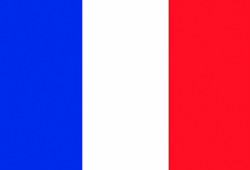Acupuncture can make a useful contribution in cancer care. There is no evidence that it can treat or cure cancer, but used alongside conventional oncology, it can help relieve some cancer symptoms and the side effects of treatment.
The respected journal Supportive Care in Cancer has in 2024 published the first international, multidisciplinary, peer-reviewed recommendations for safe acupuncture practice in integrative oncology. These recommendations conclude by saying “It (acupuncture) should be routinely considered, and ideally offered, as part of the multi-disciplinary approach to cancer care, as it can be administered safely within and outside of oncology settings, at any stage of the cancer survivorship pathway.”
Cancer Research UK has a summary of acupuncture and how it may be useful to patients. They point out that acupuncture is generally safe, gives very few side effects, and that most studies show that acupuncture is better than no treatment at all. Furthermore, it is as good as or better than, standard treatment for chemotherapy-related sickness, tiredness, pain, anxiety and stress, depression, mood changes, quality of life, and hot flushes.
The American Society of Clinical Oncology says in its 2022 Guideline that among adult patients, acupuncture should be recommended for aromatase inhibitor–related joint pain, and it may be recommended for general cancer pain or musculoskeletal pain. These recommendations are based on an intermediate level of evidence, with the benefit outweighing the risk, and with moderate strength of recommendation.
You can read below the results of some of the research which has been undertaken into acupuncture in cancer care. The trials vary in quality, but systematic reviews and randomised controlled trials are generally considered to provide the highest quality evidence. If you would like to read more about evidence quality, I would refer you to the British Acupuncture Council’s description of the evidence pyramid.


